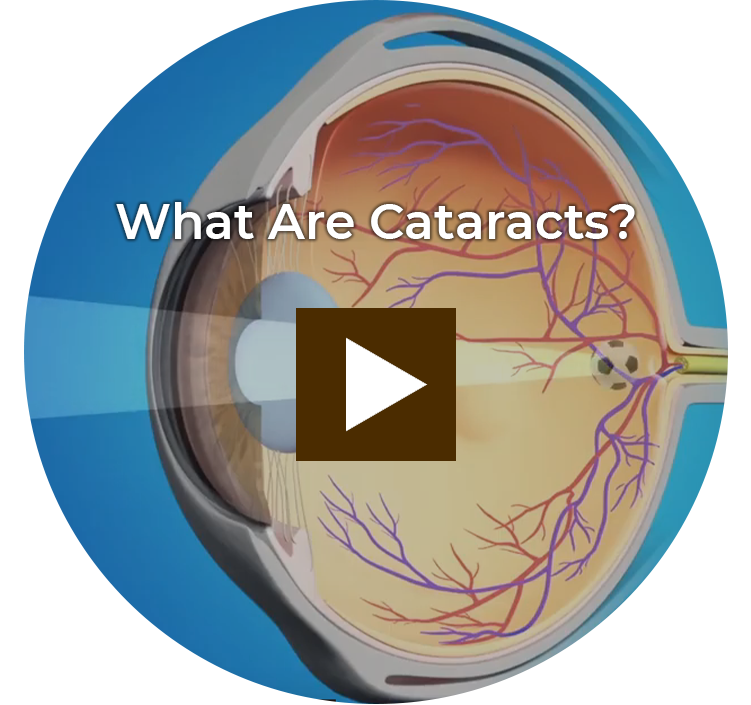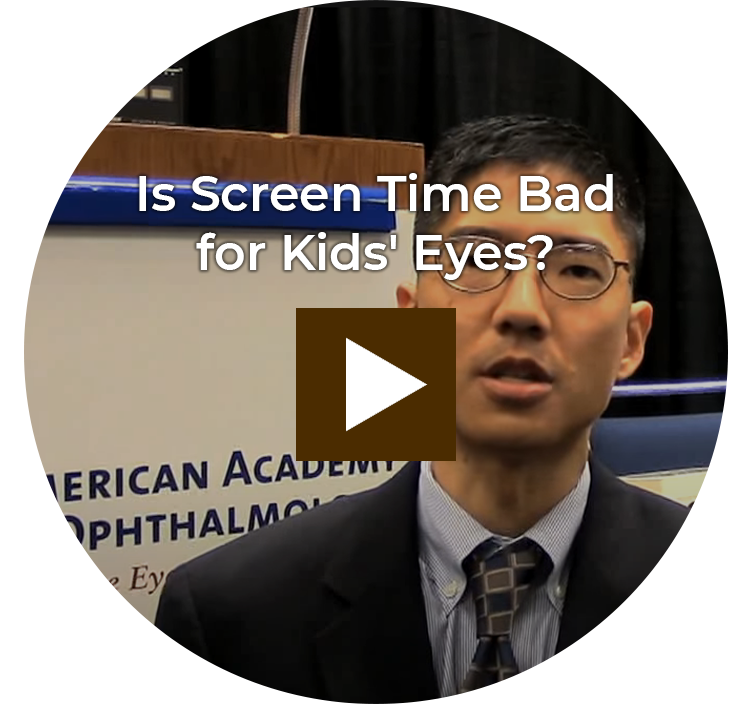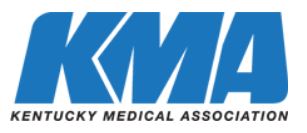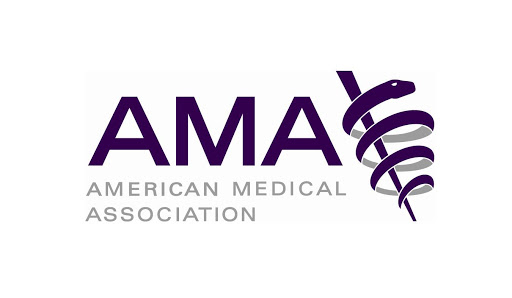Time to Correct Your Vision
Your doctor will take a complete eye history including your vision problems, any corrective methods you have (e.g., glasses or contact lenses), your overall health, family history, and current medications.
They’ll use a refraction test to check your vision. A refraction test is when you look through a device with different lenses at an eye chart 20 feet away to help determine any vision difficulties.
They’ll also dilate your eyes with eye drops to make pupils larger. This helps your doctor view the back of the eye. Other parts of the exam may include checking your three-dimensional vision (stereopsis), checking your peripheral vision to see how well you see outside of your direct focus, and checking the health of your eye muscles.
Other tests include:
- Examination of your pupils with a light to see if they respond properly
- Examination of your retina with a lighted magnifying lens to see the health of blood vessels and your optic nerve
- A slit lamp test, which uses another lighted magnifying device to check your eyelid, cornea, conjunctiva (thin membrane covering the whites of the eyes), and iris
- Tonometry, a glaucoma test in which a painless puff of air blows at your eye to measure the pressure of the fluid within your eye
- A colorblindness test, in which you look at circles of multicolored dots with numbers, symbols, or shapes in them
Call Today for an Appointment
502-368-3937








